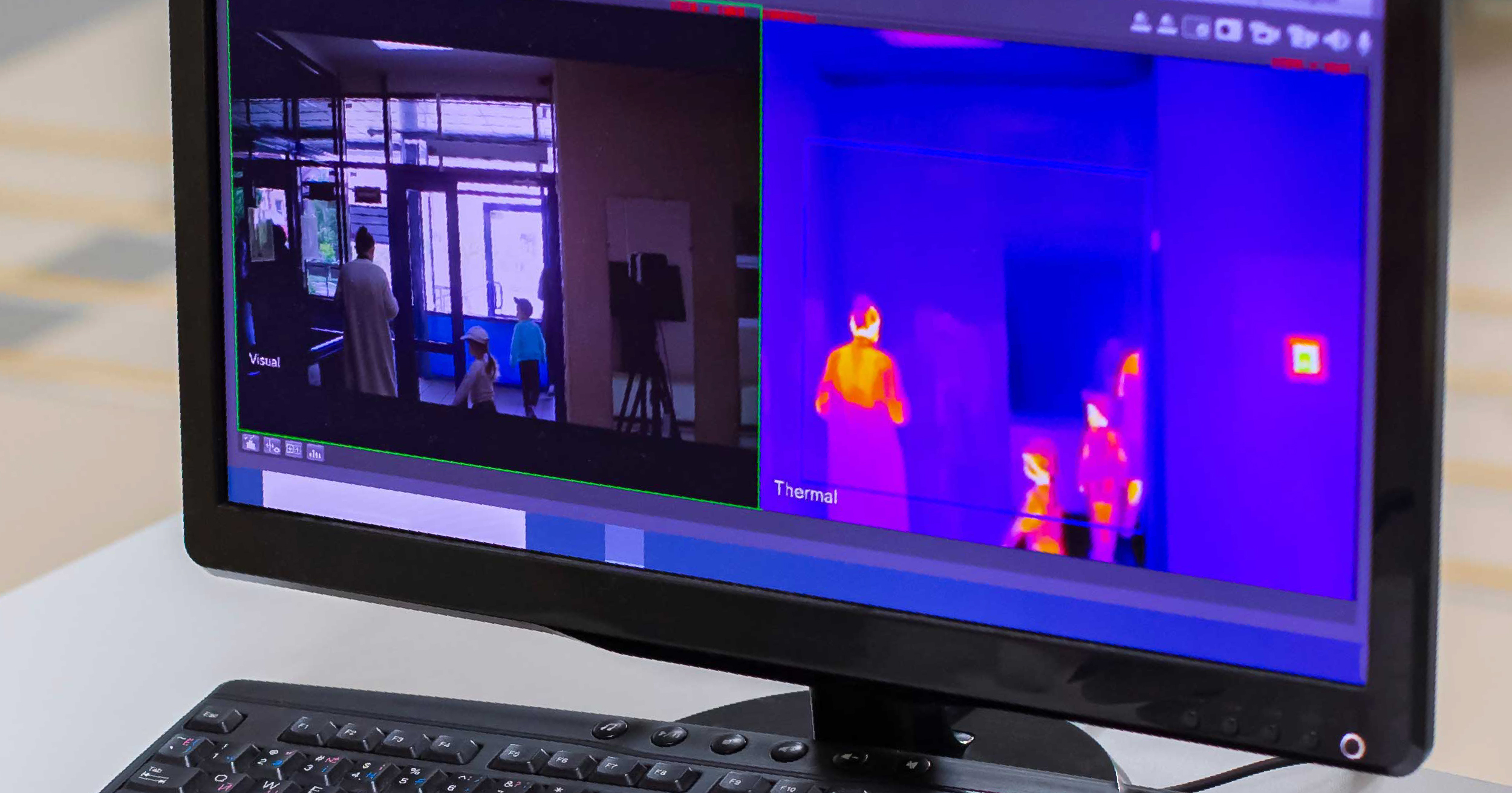A single breach can jeopardize sensitive data, disrupt operations, and cause expensive damage to a facility. Because of the risks, protecting critical infrastructure requires a lot more than cameras and alarms. It requires smart, proactive solutions that help security teams detect threats before they have an opportunity to escalate. Physical intrusion detection systems (PIDS) create a proactive defense strategy, giving security teams more time to react before intruders gain access to valuable assets.
Installing PID security systems isn’t enough, though. To maximize this protection, facilities must maintain the systems, replace aging technology, and ensure they invest in the right combination of security solutions from the start.
Here’s what you need to know about creating and maintaining an effective, secure physical intrusion detection system.
How Physical Intrusion Detection Systems Work
Physical intrusion detection systems are designed to detect unauthorized physical breaches at entry points or along the area’s perimeter. These systems rely on multiple technologies to help them identify threats.
Some of the key components of a PID system include:
- Fence-mounted sensors: Fiber optic cables woven into fences detect vibrations or movement if someone tampers with the perimeter. The sensors alert security teams to potential breach attempts before intruders gain access.
- Ground radar: This system detects ground disturbances caused by movement, providing early warning of unwanted activity.
- Infrared sensors: These sensors use invisible laser beams to trigger alarms if they are breached, creating a discrete detection method for key entry points.
- Microwave barriers: These systems use antennas to establish an invisible perimeter that alerts security teams if crossed.
- Glass break sensors: These devices detect the sound frequency or vibration of breaking glass and trigger an alarm to alert security personnel.
Most facilities won’t use all of these solutions, but they will often combine technologies to create layered security solutions. For example, they might combine fence-mounted sensors with perimeter surveillance cameras and motion detectors to create a multi-layered defense.
Here’s how it all works together:
Step 1: Detection
Sensors, such as fiber optic cables woven into fences or ground radar systems, monitor movement along a facility’s perimeter. These devices detect vibrations, ground disturbances, or changes in infrared or microwave fields.
Step 2: Alert Generation
Once unusual activity is detected, the system generates an alert. The alert is sent to a central security hub, letting personnel know they need to investigate what’s happening.
Step 3: Visual Confirmation
Modern PID systems often include integrated cameras that visually confirm the detected activity. Combining perimeter fence security with cameras that detect movement near the perimeter ensures security teams are aware of the threat before intruders even reach the fence. For example, perimeter surveillance cameras may automatically zoom in on the area in question to show security teams exactly what’s happening in real-time.
Step 4: Response Coordination
Integrated systems can then trigger automated responses, such as locking down doors, activating alarms, or sending notifications to personnel. By combining sensors, cameras, and response systems, PIDS creates a proactive defense strategy that helps stop intrusions before they escalate.
We recommend security solutions like Lenel’s because their open architecture makes integrating physical intrusion detection systems with other security infrastructure easy. It creates a cohesive, comprehensive, multi-layered security system that detects incidents proactively and speeds up response times.
Why PID Security Requires Regular Maintenance and Updates
Like any security technology, PID systems require regular maintenance and updates to remain effective. Outdated systems create vulnerabilities that bad actors can potentially exploit to gain access to a facility.
Facilities managers must remember that every security device, no matter how good, has an expiration date. When manufacturers end support for older devices, software updates stop, leaving the systems vulnerable to breaches. A reliable security partner will monitor device life cycles and notify facilities before equipment reaches end-of-life status. Our team at Ariel likes to take this proactive approach to give organizations more time to budget and acquire new technology before their current system becomes compromised.
It’s not just a lack of software support that could put a physical intrusion detection system at risk. Sometimes, a manufacturer’s financial instability could force a system replacement. Clients risk losing access to critical updates or replacement parts if a provider goes out of business. Security partners who maintain good relationships with the manufacturers can be informed about developments like these and advise clients on the manufacturers to use.
Minimize Vulnerabilities with Tailored Physical Intrusion Detection
Perimeter security should be so seamless and reliable that security teams can confidently detect and respond to threats before they escalate. Ariel can help you build a system that does that and much more. With a reputation in the security industry for precision and technical expertise, Ariel designs, installs, and maintains sophisticated security solutions for high-risk facilities. We partner with trusted industry leaders like Senstar and Lenel to ensure clients are equipped with proactive solutions for securing their most vulnerable assets, now and in the future.
Contact Ariel Secure Technologies today to explore perimeter security solutions that create proactive detection for your critical infrastructure facility.

